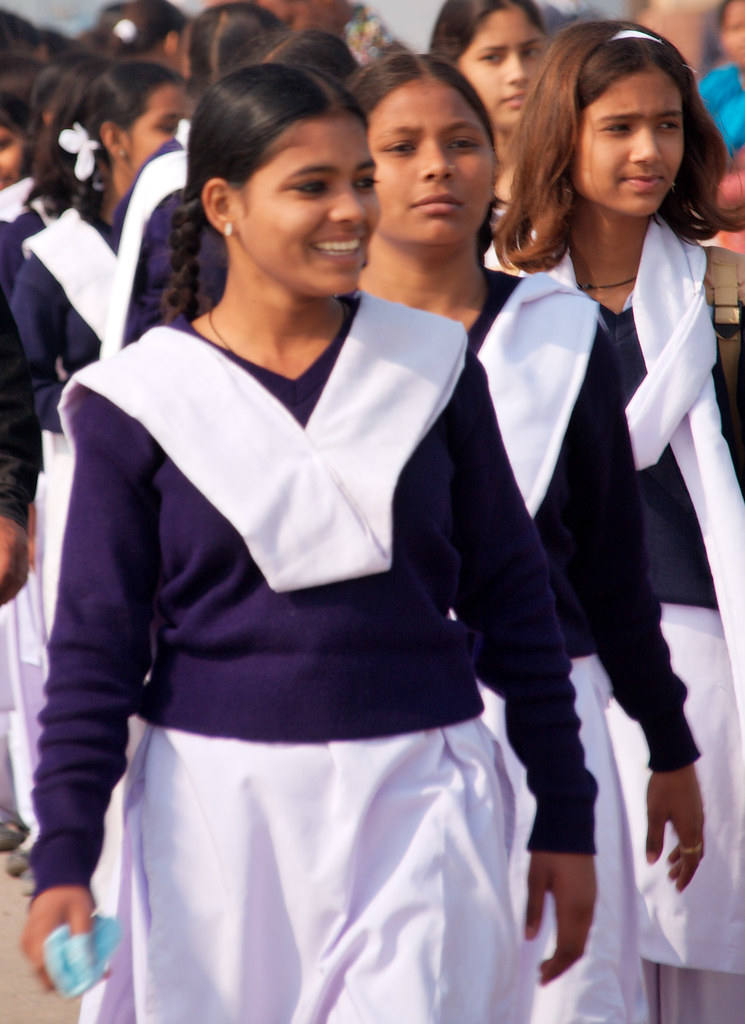More girls than ever before are now studying. But this is not necessarily translating into jobs.

To call Sunita Khokar’s resume impressive is an understatement. Khokar, the daughter of a farmer who never saw the inside of a classroom, has a list of degrees that includes three MAs (economics, political science and sociology), a B.Ed, an M.Ed and an MPhil. And, yes, she’s currently working on her PhD.
Khokar, 41, married with two children, would certainly figure in the government’s latest findings on higher education where the gap between women and men is at its lowest. Female enrolment in colleges is up from 47.6% in 2017-18 to 48.6% in 2018-19, the All India Survey on Higher Education found. In Uttar Pradesh, there are 90,000 more women than men in higher education.
The surge of women and girls in education is an ongoing trend that every year makes tiny, but significant, gains. In 2015, Mint did a series of articles that documented how girls breached the gender gap in primary and secondary school, with a gap of just 0.8% remaining at the class 10-12 level.
That generation of girls is now headed to college. This is reflected in the growth of universities from 903 in 2017-18 to 993 for 2018-19.